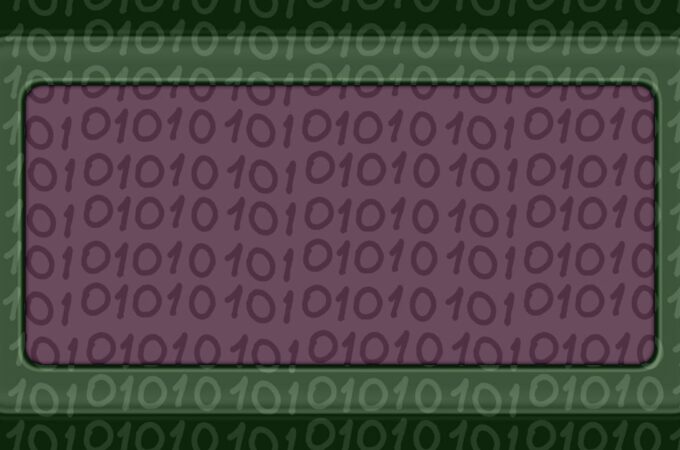
192..168.1.200/configclient.html | Best Guide
192..168.1.200/configclient.html: If you are like most people, you have a number of devices that access the Internet. Your laptop, your desktop, your tablet, and your phone are all probably connected to the web. And each device has its own way of connecting. Your laptop might connect through an Ethernet cable, your desktop might connect wirelessly, your tablet might use Wi-Fi, and your phone might use cellular data. Devices can also be connected to different networks. Your work computer might be on a network at work, while your home computer is on a network at home. Your phone might be on the Verizon network, while your spouse’s phone is on the AT&T network. All of these networks and devices can be a little confusing. But don’t worry, we’re here to help.
This is the IP address of my router. I can access the configuration page by typing http://192.168.1.200/configclient.html into my web browser.
Table of Contents
ToggleBrief Explanation on How 192.168.1.200 is Running
192.168.1.200 is an IP address that is used on a private network. This article will give a brief explanation on how 192.168.1.200 is being used and what its functions are. The 192.168.1.200 IP address is a private IP address that is used on local networks. It is one of a series of IP addresses that are used for this purpose, and it serves a specific function on the network to which it is assigned. 192.168.1.200 is the router’s default gateway, and it provides the connection between devices on the local network and the Internet. When you connect to the Internet, your computer uses 192.168.1.200 to communicate with your router, which in turn communicates with the rest of the Internet.
192.168.2.251.html = 192.168.2.251
192.168.1.200 is a private IP address that is commonly used in home and small office networks. This IP address is automatically assigned to your computer by your router, and is used to communicate with other devices on your network. Although 192.168.1.200 is a private IP address, it can be accessed from the internet if your router is configured correctly. If you need to access your 192.168.1.200 device from the internet, you will need to know your router’s public IP address, which can be found by using a service like WhatIsMyIPAddress.com. If you are having trouble accessing 192.168.1.200 from the internet, please contact your router manufacturer or internet service provider for assistance.
Troubleshooting the Network
When something goes wrong with your network, it can be difficult to determine the cause and find a solution. In this article, we’ll provide a step-by-step guide to troubleshooting your network and solving common problems.
Step 1: Identify the problem. The first step in troubleshooting your network is identifying the problem. This can be anything from a slow or unresponsive network to complete outages.
Step 2: Check your equipment. The next step is checking your equipment. Make sure all of your cables are properly plugged in, and that all of your devices are turned on. Reset your router and modem by turning them off and then back on again.
Step 3: Check your settings. Next, check your settings. If you’re experiencing a slowdown, try reducing the number of devices using your network at once.
When something goes wrong with your network, it can be difficult to track down the source of the problem and fix it. In this article, we’ll walk you through some common troubleshooting techniques so that you can get your network running smoothly again. The first step in troubleshooting your network is to identify the problem. This may be easier said than done, but there are a few things you can do to narrow down the possibilities. First, check your network status lights. If any of them are not lit up, that’s a good indication that there is a problem with that particular component of your network. You can also check your router’s logs to see if there are any errors that occurred recently. This can help you to identify which component of your network is having problems. Once you’ve identified the source of the problem, you can start troubleshooting it.




